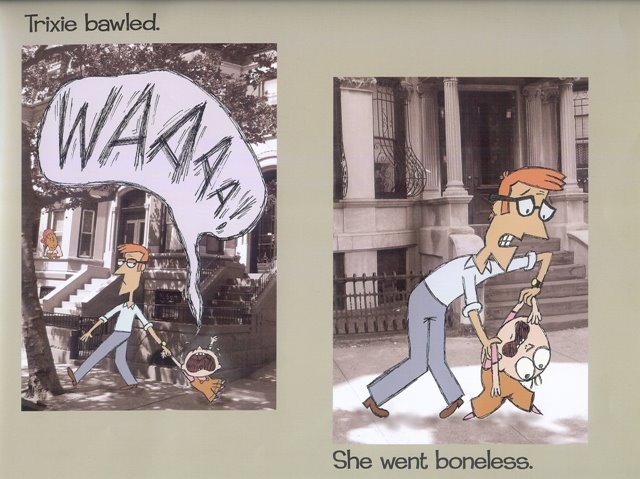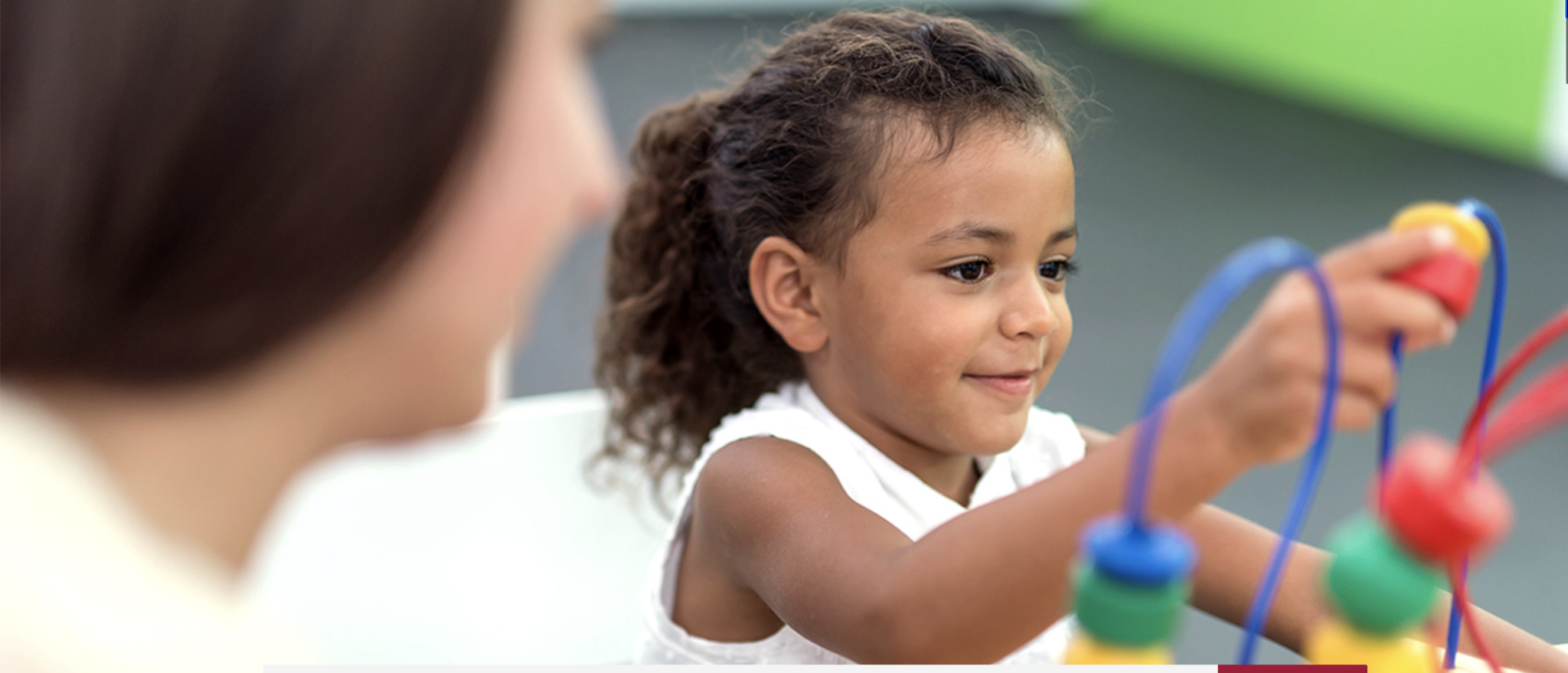Children experiencing emotional distress often do not have the ability to verbally express their emotions. Play therapy is a powerful way for children to find healing. I’m sure we’ve all witnessed a preschooler throwing a temper tantrum. It may be easy to dismiss that child as spoiled. More than likely the child is experiencing several strong emotions at once and does not have the capacity to express those emotions in a healthy way.

One of my favorite children’s book authors Mo Willems portrays this very thing in the beloved book Knuffle Bunny. Dad and young Trixie are walking home from the laundromat. Suddenly, Trixie realizes she has left behind her very important stuffed animal. She’s so distraught she does not have the words to tell Dad. She tries, but he misunderstands her. So, Trixie has no other choice but to pull out all the stops to express her panic. She screams and cries. She flails her arms, and in defeat she goes “boneless.” This is a humorous, yet very accurate description of how children can feel and behave when flooded with emotions.
The Language of Play
But what about when a child’s problems are much bigger than a lost stuffed animal? What about when a young child experiences the loss of a parent through divorce, death or abandonment? What about when a child is subject to emotional or physical abuse? Young people cannot process such complicated emotions. In play therapy, “toys are used like words by children, and play is their language,” according to Garry Landreth, a leading expert in the field. Licensed therapists can help children identify and resolve their problems through the power of play, which is a child’s natural language.
Feeling in Control
The Counseling Center at Burke Community Church has a dedicated play room with wet and dry sand trays. Children use miniatures to create scenes that help them work through emotions or difficult situations. Our clients use play dough and art supplies to make what they want. Often what they draw or make — and how they go about it – displays useful information about their emotions. It also paints a picture of how they identify themselves with the rest of the world. During play therapy sessions, children have control over their environment. It is a safe space to play out disturbing feelings or experiences concretely or symbolically. Play brings out what is hidden inside them. They can gain mastery over a situation which in real life they do not have control. While play therapy is most effective for children ages 3-12, teens and even adults can benefit from play therapy techniques, as well.
So, the next time you see a child misbehaving, ask yourself what emotions or experiences the child may be experiencing. Maybe a little play is all they need. If you think a child is suffering from more serious issues, play therapy can help.


